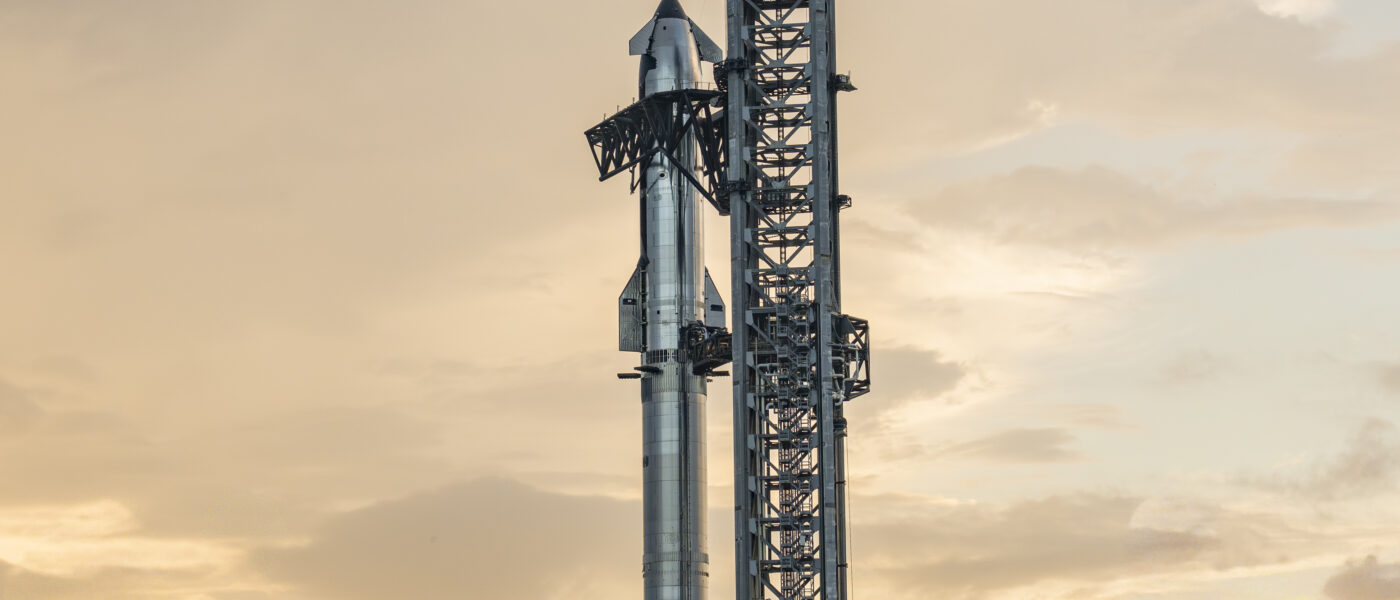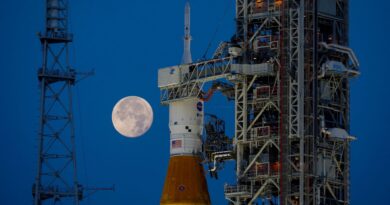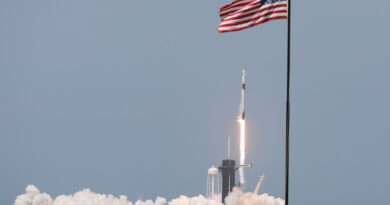SpaceX’s colossal Starship rocket successfully launched on its tenth test flight on Tuesday evening, achieving two significant milestones that break a streak of setbacks.
The impressive 403-foot rocket took flight from SpaceX’s launch facility, known as Starbase, at 7:30 p.m. ET, following two previous scrubs earlier in the week. Powered by 33 methane-fueled Raptor engines, the rocket soared high before its first stage separated approximately three minutes after liftoff.
During its descent, the Super Heavy booster executed a groundbreaking maneuver: it intentionally shut down its landing engines and switched to backup engines. This innovative test is designed to provide engineers with critical data on how the booster may perform in emergency situations. The booster made a successful, targeted splashdown in the Gulf of Mexico.
Meanwhile, the upper stage of the rocket, also referred to as Starship, reached space and, for the first time, opened its Pez-style payload door to deploy eight Starlink mass-simulator satellites. This capability had been anticipated in previous missions but was not successfully demonstrated until now. Additionally, SpaceX managed to relight one of the Raptor engines while in space and guided the vehicle toward the Indian Ocean, where it splashed down, tipped over, and ultimately exploded.
As the Starship descended, it encountered intense heat during atmospheric reentry, providing an excellent testing ground for the upgraded thermal-protection system. SpaceX utilized this flight to conduct several experiments, including removing tiles from specific sections to observe how the “skin” of the ship behaves during reentry, as well as testing a new metallic tile and an actively cooled tile.
Most importantly, the upper stage completed the entire mission and splashed down in the Indian Ocean while maintaining communication with SpaceX engineers. In the previous flight, the vehicle had successfully reached space but lost attitude control during the coast phase, preventing the payload doors from opening. It appears that engineers have resolved those issues.
This success is a significant win for SpaceX, which has faced numerous technical failures with the Starship upper stage in the past. These ongoing challenges have led to concerns about the rocket’s readiness to land humans on the Moon by mid-2027 for NASA, as well as its capability to deploy next-generation Starlink satellites.
Join Tech and VC Leaders at Disrupt 2025!
Don’t miss the chance to learn from industry giants like Netflix, ElevenLabs, Wayve, and Sequoia Capital at the 20th anniversary of TechCrunch Disrupt. Grab your ticket now to save up to $600+ before prices rise!
Join Tech and VC Leaders at Disrupt 2025!
Don’t miss the chance to learn from tech leaders like Netflix, ElevenLabs, and Wayve at the 20th anniversary of TechCrunch Disrupt. Secure your ticket now and save up to $675 before prices rise!
|
October 27-29, 2025
This successful test represents a significant leap forward for the Starship program, which SpaceX envisions will eventually transport humans and cargo to Mars. While there are still challenging technical hurdles to overcome, SpaceX has made a substantial stride toward this ambitious goal.




